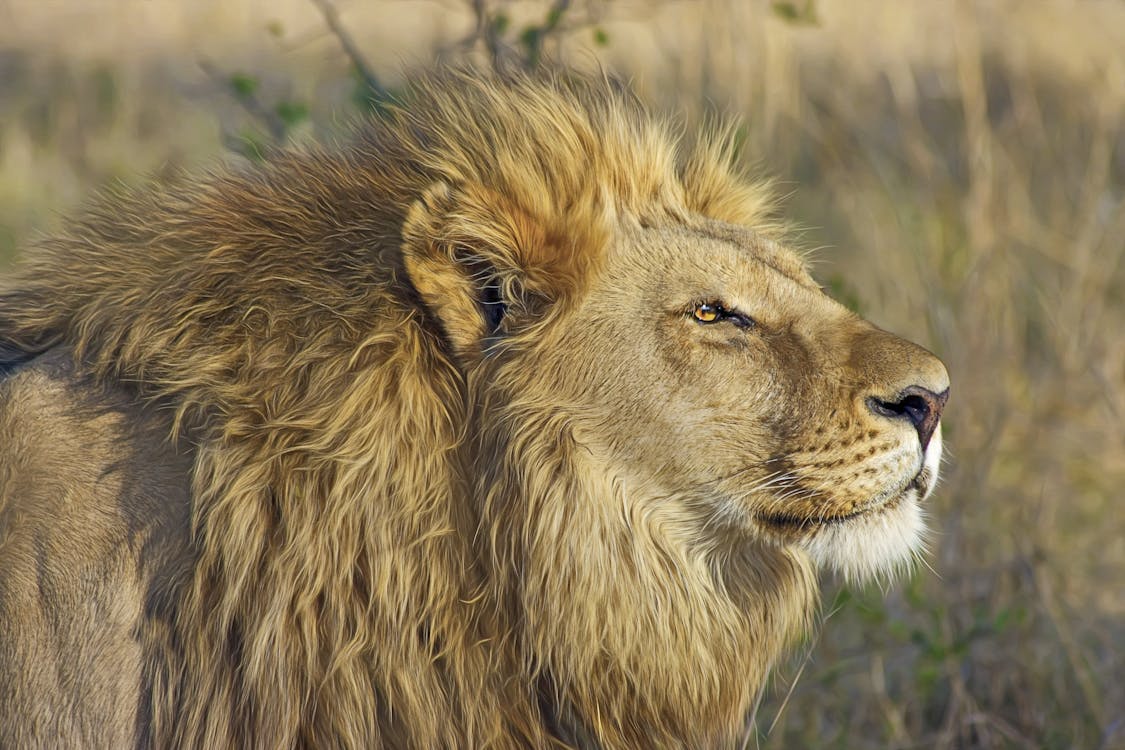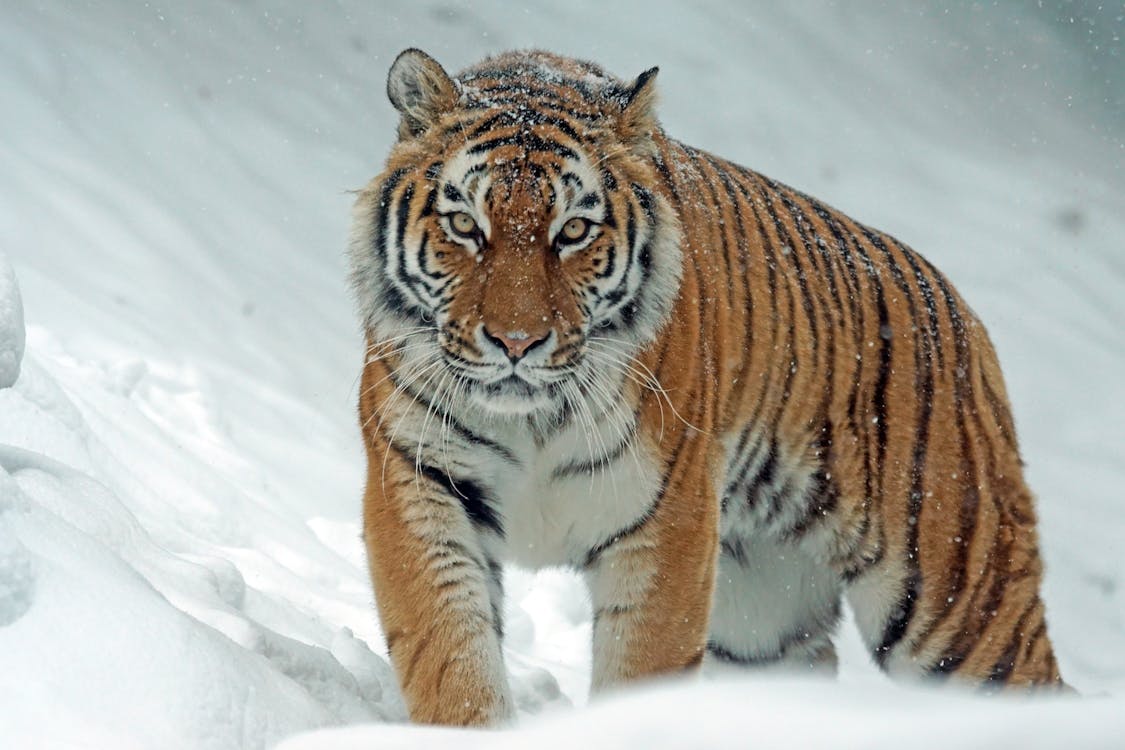About Big Cats
Big cats, such as lions, tigers, leopards, cheetahs, and jaguars, are apex predators and play a crucial role in keeping up the health of ecosystems. Unfortunately, many of these cats are threatened by habitat loss, poaching, and other human-related activities.


Conservation Efforts
- Wildlife protection laws and sanctuaries.
- Anti-poaching intiatives.
- Habitat restoration projects.
Big Cats Around the World
From Africa's savannahs to Asia's jungles, big cats have evolved to thrive in many different habitats. Explore and learn the global efforts to conserve each of the species below:
- Lions of Africa
- Tigers of Asia
- Leopards in Africa and Asia
- Cheetahs of Africa
- Jaguars in the Americas
More Details
Lions are social cats know as the "king of the jungle" and for their manes and presence in Africa. Tigers are solitary and efficent predators, known for their orange fur with black stripes and primarily live in Asia. Cheetahs are the worlds fastest lands animals, known for their speed and agility, which, allows them to more easily chase their prey. Leopards are highly adaptable cats with a rosette-patterned coat, know for their excellent climbing skills and their ability to live in a variety of habitats. Jaguars are solitary cats, known for their strengthen and swimming abilities, and mainly live in rainforests.
Fun Facts
- Tigers can roar very loudly; up to the point that they can heard two miles away.
- Each big cat has a unique coat pattern, like each human has unique fingerprints.
- Cheetahs can reach speeds up to 60-70mph for short distances, making them the fastest land animal.
- Many big cats can swim very well and a few even enjoy it (such as tigers).
- Lions are unusual among big cats, as they tend to live in groups (called prides), while most other cats are independent.